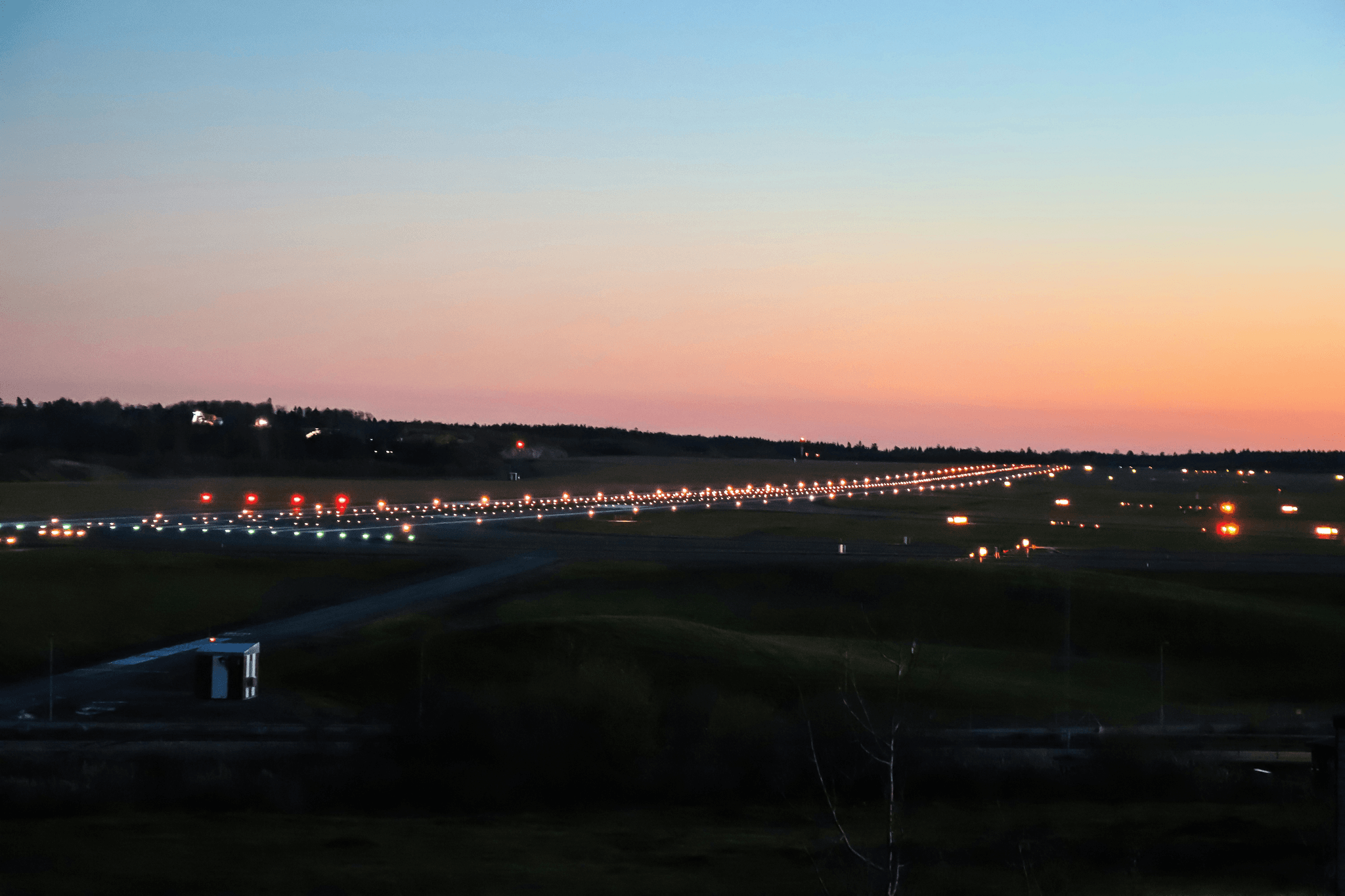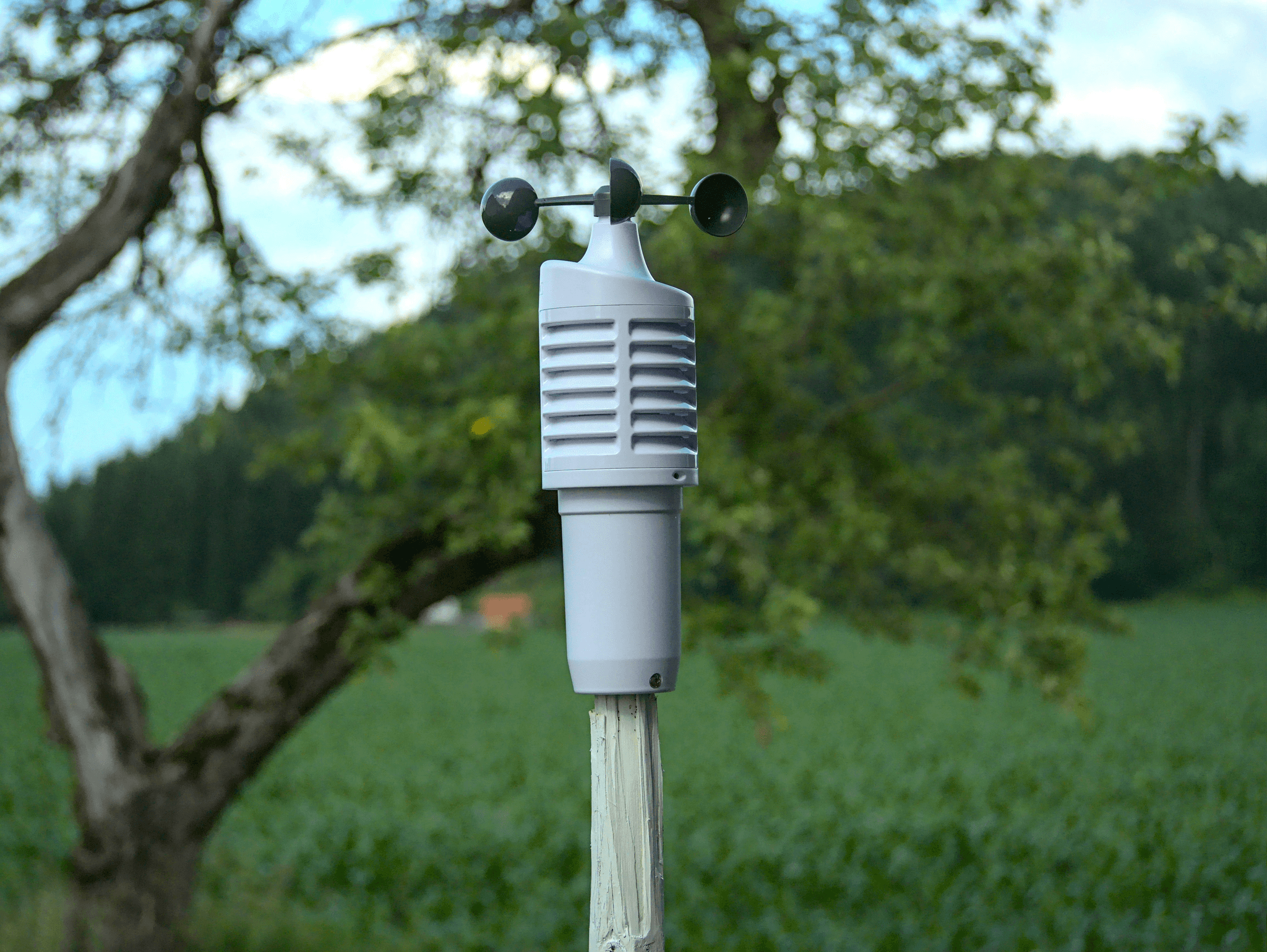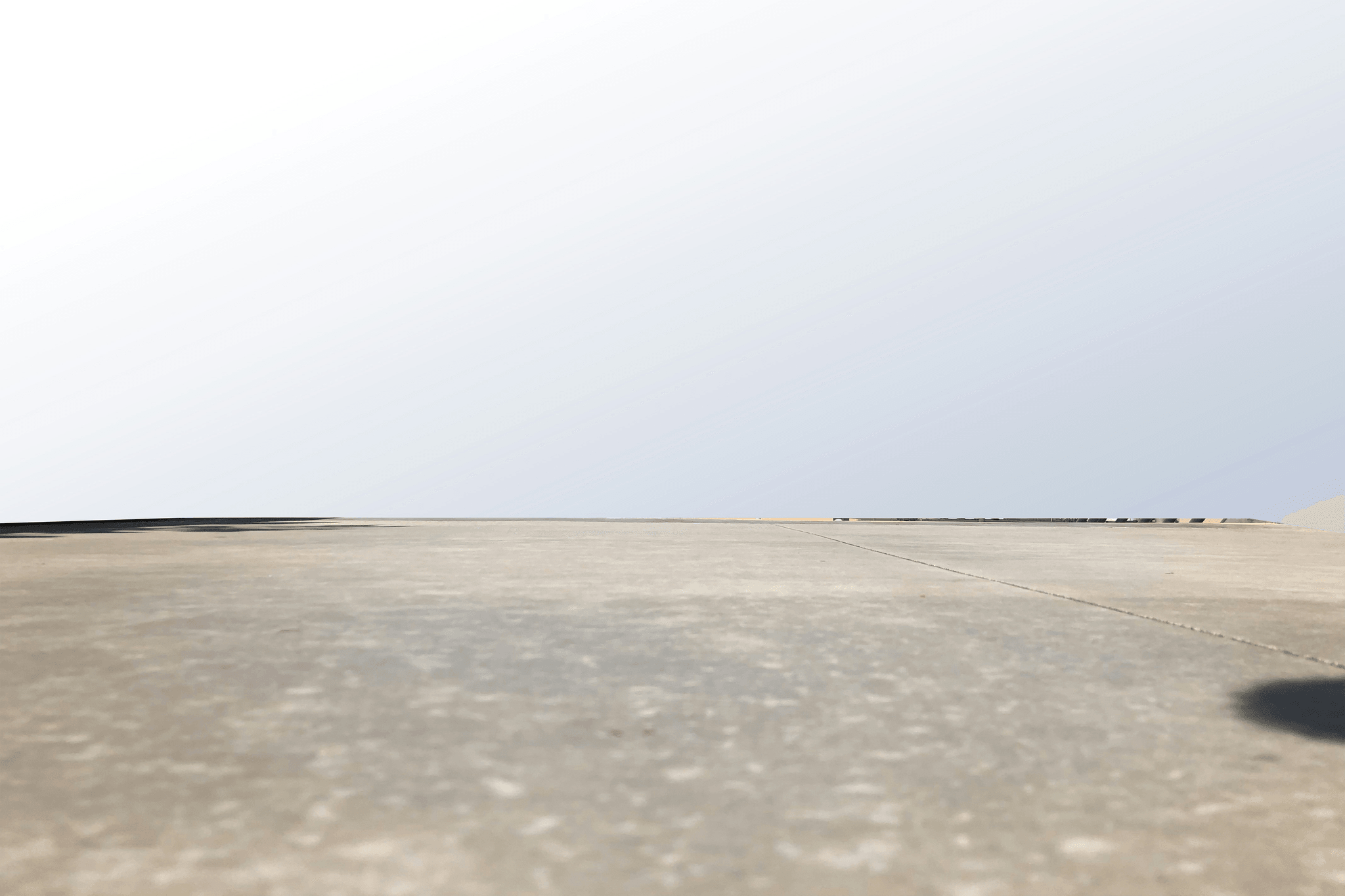Introduction
In the bustling world of aviation, runway safety stands as a pillar of flight security, ensuring that every takeoff and landing is executed with precision and care. Runway aviation encompasses various elements that contribute to the overall safety of air travel, from the design of runways to advanced technologies that monitor conditions. As we delve into the intricacies of runway safety, it becomes clear that understanding these components is essential for both industry professionals and passengers alike.
Understanding Runway Aviation Safety
Runway aviation safety goes beyond just keeping planes on course; it involves a comprehensive approach to managing all aspects of runway operations. This includes everything from weather conditions to surface materials, ensuring that runways are equipped to handle diverse challenges. By decoding the importance of runways in aviation, we can appreciate how critical they are in preventing accidents and enhancing overall flight safety.
Key Elements of Runway Safety
Key elements of runway safety include high friction surfacing, which significantly improves aircraft traction during landings and takeoffs. Additionally, an effective approach lighting system plays a vital role in guiding pilots safely onto the runway under various visibility conditions. These factors, along with regular assessments using tools like friction testing trucks, create a robust framework for maintaining safe runway operations.
The Role of Technology in Flight Safety
Technology serves as an indispensable ally in enhancing flight safety within the realm of runway aviation. Innovations such as automated weather observation systems (AWOS) provide real-time data crucial for informed decision-making by pilots and air traffic controllers alike. Furthermore, companies like Hong Kong Haisen Technology Co., Ltd., lead advancements in high friction surfacing and friction testing solutions, underscoring how technology continually shapes safer skies for everyone involved.
The Crucial Role of Runways in Aviation

Runways are the lifeblood of runway aviation, serving as the essential pathway for aircraft during takeoff and landing. Their design and maintenance directly correlate to the safety and efficiency of air travel, making runway safety a top priority for aviation authorities worldwide. Understanding the pivotal role that runways play helps us appreciate why they deserve our utmost attention.
Decoding the Importance of Runways in Aviation
Runways are not just long stretches of asphalt; they are engineered to withstand immense forces from aircraft while providing a safe surface for operations. The importance of runways in aviation extends beyond mere functionality; they are critical in ensuring that flights can operate smoothly under various conditions. Thus, decoding the importance of runways in aviation reveals their integral role in maintaining overall flight safety.
Factors Affecting Runway Safety
Several factors can impact runway safety, including weather conditions, surface materials, and operational practices. For instance, rain or snow can reduce friction on runways, making high friction surfacing essential for maintaining grip during adverse weather conditions. Additionally, effective use of an approach lighting system can enhance visibility during landings, further contributing to runway safety.
The Impact of Runway Design on Overall Safety
The design features of a runway significantly influence its operational safety and efficiency. Elements such as length, width, slope, and material composition must be carefully considered to accommodate different types of aircraft while ensuring optimal performance under various environmental conditions. Furthermore, integrating advanced technologies like friction testing trucks into routine assessments allows operators to evaluate runway surfaces effectively and address any issues proactively.
High Friction Surfacing: A Game Changer

In the realm of runway aviation, high friction surfacing has emerged as a pivotal innovation that significantly enhances runway safety. This specialized surface treatment increases grip and reduces the risk of aircraft skidding during takeoff and landing, particularly in adverse weather conditions. As we delve into the benefits of high friction surfacing, it becomes clear that this technology is not just a trend; it’s a necessity for modern aviation.
Benefits of High Friction Surfacing
High friction surfacing offers multiple benefits that directly contribute to runway safety and operational efficiency. First and foremost, it dramatically improves traction for both commercial and private aircraft, which is crucial during wet or icy conditions. Additionally, the enhanced grip reduces stopping distances, allowing pilots to maintain better control over their aircraft during critical phases of flight—especially when landing on shorter runways where every foot counts.
Moreover, high friction surfaces can be tailored to meet specific airport requirements, ensuring optimal performance across various conditions. The longevity and durability of these surfaces also mean lower maintenance costs over time—an attractive proposition for airport authorities concerned with budget constraints while prioritizing safety. Ultimately, investing in high friction surfacing reflects a proactive approach toward decoding the importance of runways in aviation.
Case Studies on Its Effectiveness
The effectiveness of high friction surfacing can be observed through several real-world case studies that highlight its impact on runway safety. For instance, an airport in Scandinavia implemented high friction materials on its runways after experiencing multiple incidents related to slippery conditions during winter months. Post-implementation data showed a significant reduction in runway excursions and improved pilot confidence during landings.
Another notable example comes from an airport in North America where high friction surfacing was used to address concerns about frequent overshooting due to insufficient braking action on wet runways. Following its installation, reports indicated not only increased safety but also enhanced overall operational efficiency as airlines faced fewer delays related to weather impacts. These case studies underscore how embracing innovative solutions like high friction surfacing can lead to safer skies and more reliable operations.
Haisen’s Innovations in High Friction Technologies
Hong Kong Haisen Technology Co., Ltd., known for its commitment to excellence in aviation equipment, has been at the forefront of developing advanced high friction technologies tailored for runway applications. With seventeen years of expertise under their belt, Haisen focuses on delivering solutions that enhance runway safety while adhering to rigorous industry standards. Their products have gained recognition within the civil aviation sector for combining cutting-edge technology with professional craftsmanship.
Haisen's innovations include proprietary materials designed specifically for maximum grip without compromising durability or maintenance needs—a win-win situation for airports aiming to improve their runway infrastructure sustainably. Furthermore, Haisen actively collaborates with global partners to integrate these technologies with existing systems such as approach lighting systems and aviation AWOS (Automated Weather Observing Systems), ensuring comprehensive support for pilots throughout their landing procedures.
As we look ahead at trends shaping the future of runway safety practices globally, it's clear that companies like Haisen are pivotal players driving these advancements forward—making our skies safer one innovation at a time.
The Approach Lighting System Explained

The approach lighting system is a critical component of runway aviation safety, serving as a guiding beacon for pilots during the landing phase. These systems illuminate the runway environment, helping to reduce the risk of accidents caused by poor visibility or misjudged landings. In an era where every second counts, understanding the importance of these systems can significantly enhance overall runway safety.
Importance of Approach Lighting in Safety
Approach lighting plays an essential role in ensuring safe landings, especially in adverse weather conditions. By providing visual cues that indicate the runway's alignment and distance, these lighting systems help pilots make informed decisions during their descent. Without effective approach lighting, the chances of landing mishaps increase dramatically, underscoring its importance in decoding the significance of runways in aviation.
Moreover, well-designed approach lighting systems can significantly minimize runway incursions and other safety hazards. They act as a last line of defense against potential accidents by guiding pilots safely onto the runway surface. This is particularly crucial when considering that high friction surfacing alone cannot compensate for poor visibility during critical landing maneuvers.
How It Enhances Landing Precision
The precision offered by approach lighting systems directly contributes to improved landing accuracy and pilot confidence. By illuminating specific segments of the runway and surrounding areas, these lights provide essential information regarding altitude and distance from touchdown points. As a result, pilots can make more accurate adjustments to their approaches, leading to smoother landings and enhanced overall safety.
Furthermore, advanced technologies integrated into modern approach lighting systems have made them more effective than ever before. Features such as adaptive brightness control ensure that lights are visible under various weather conditions while minimizing glare for incoming aircraft. This technology not only enhances landing precision but also complements other safety measures like high friction surfacing on runways.
Real-World Implementations and Success Stories
Real-world implementations of approach lighting systems have demonstrated their effectiveness in enhancing runway aviation safety across multiple airports globally. For instance, major airports have reported significant reductions in incidents related to low-visibility landings after upgrading their approach lighting infrastructure. These success stories serve as compelling evidence that investing in such technologies pays dividends for both airlines and passengers alike.
Hong Kong Haisen Technology Co., Ltd., renowned for its innovative contributions to aviation technology, has played a pivotal role in advancing approach lighting solutions tailored for diverse environmental challenges faced by airports today. Their commitment to professional craftsmanship ensures that each installation meets stringent safety standards while improving operational efficiency at airfields worldwide.
In summary, integrating robust approach lighting systems into airport infrastructure not only elevates landing precision but also reinforces overall runway safety measures alongside innovations like friction testing trucks and high friction surfacing technologies.
Friction Testing Truck: An Essential Tool

In the realm of runway aviation, ensuring safety is paramount, and friction testing trucks play a pivotal role in this process. These specialized vehicles measure the friction levels of runways, providing critical data that informs maintenance and operational decisions. By regularly assessing runway conditions, airports can significantly reduce the risks associated with slippery surfaces, ultimately enhancing overall runway safety.
How Friction Testing Ensures Safety
Friction testing is essential for maintaining safe runway operations, as it directly influences aircraft performance during takeoff and landing. When friction levels are adequately measured and monitored, airports can implement timely interventions such as high friction surfacing to improve grip on runways. This proactive approach not only enhances pilot confidence but also decreases the likelihood of accidents related to poor runway conditions.
Regular friction testing helps decode the importance of runways in aviation by identifying areas requiring immediate attention or resurfacing. It ensures that all factors affecting runway safety are accounted for and mitigated effectively. Moreover, by integrating data from these tests with other systems like approach lighting systems or aviation AWOS (Automated Weather Observing Systems), airports can create a comprehensive safety net for aircraft operations.
The Science Behind Friction Testing Trucks
Friction testing trucks utilize advanced technology to assess surface conditions accurately, employing specialized tires that simulate aircraft landing gear. These vehicles measure the coefficient of friction through controlled braking maneuvers at various speeds. The data collected allows airport authorities to make informed decisions regarding maintenance schedules and necessary upgrades to enhance runway safety.
The science behind these trucks revolves around understanding how different materials interact under various weather conditions—rainy days can drastically alter surface traction levels on runways. By analyzing this interaction, airports can better prepare their infrastructure against potential hazards posed by adverse weather conditions affecting runway aviation operations. This scientific approach underscores why regular assessments are crucial for maintaining optimal flight safety standards.
Haisen’s Contribution to Friction Testing Innovations
Hong Kong Haisen Technology Co., Ltd., a leader in mid-to-high-end equipment for the aviation sector, has made significant strides in developing innovative friction testing technologies over its seventeen-year history. Their commitment to professional craftsmanship ensures that their products not only meet but exceed industry standards for accuracy and reliability in measuring runway conditions. As a result, Haisen has become synonymous with quality in the realm of friction testing trucks.
Haisen's contributions extend beyond just manufacturing; they actively participate in research aimed at improving existing technologies related to high friction surfacing solutions and their applications within airport environments. By focusing on customer-first principles and win-win cooperation strategies, Haisen continues to enhance runway safety through its innovative products tailored specifically for civil aviation needs. Their recognition as a National High-tech Enterprise further solidifies their reputation as pioneers in advancing technologies that ensure safer runways.
Integrating Aviation AWOS for Enhanced Safety

In the realm of runway aviation, ensuring safety is paramount, and one of the key players in this arena is the Aviation Automated Weather Observing System (AWOS). This system provides real-time weather information crucial for pilots and air traffic controllers, facilitating informed decision-making during critical flight phases. By integrating AWOS into operational protocols, we enhance runway safety and overall flight operations.
What is Aviation AWOS?
Aviation AWOS is a sophisticated network that continuously monitors weather conditions at airports. It collects data on temperature, wind speed and direction, visibility, and other meteorological parameters essential for safe landings and takeoffs. By delivering timely updates directly to pilots and ground control, AWOS plays a vital role in decoding the importance of runways in aviation safety.
The system operates through a series of sensors and automated reporting tools that ensure accuracy and reliability. This technology helps mitigate risks associated with adverse weather conditions by providing comprehensive insights into runway status. As such, understanding what Aviation AWOS entails is fundamental to grasping its significance in enhancing runway safety.
The Role of AWOS in Runway Safety
AWOS significantly contributes to runway safety by offering real-time data that helps prevent accidents caused by sudden weather changes or visibility issues. With accurate information at their fingertips, pilots can make better-informed decisions regarding landing approaches or potential diversions to alternate airports if necessary. In this way, the integration of AWOS systems complements other crucial elements like high friction surfacing and approach lighting systems.
Moreover, when combined with friction testing trucks that assess surface conditions on runways, AWOS enhances situational awareness for all stakeholders involved in flight operations. This synergy between technology ensures that pilots are not only aware of current weather but also how those conditions might impact runway performance on landing or takeoff. Together with innovations from companies like Hong Kong Haisen Technology Co., Ltd., we see an evolution in how aviation professionals approach safety measures.
Future Trends in Aviation Weather Services
Looking ahead, future trends in aviation weather services indicate a move towards even more integrated systems capable of providing predictive analytics alongside real-time data from AWOS units. These advancements could allow for proactive measures against potential hazards related to changing weather patterns affecting runway aviation operations. The emphasis will likely be on enhancing data-sharing capabilities among various stakeholders to ensure all parties have access to critical information swiftly.
Additionally, as technology evolves further—think artificial intelligence and machine learning—the accuracy of forecasts will improve significantly while minimizing human error during decision-making processes related to runway safety management. Companies like Haisen are at the forefront of these innovations as they continue to develop cutting-edge solutions tailored specifically for civil aviation needs.
In summary, integrating Aviation AWOS into our understanding of runway safety highlights its indispensable role within the broader context of flight operations while paving the way for future advancements aimed at reducing risks associated with adverse environmental factors.
Conclusion

In the realm of runway aviation, understanding the intricate relationship between runway safety and flight operations is paramount. The runway serves as the critical starting point for every flight, influencing not only takeoff and landing but also overall flight efficiency and safety. By decoding the importance of runways in aviation, we can appreciate how various elements come together to create a secure flying environment.
The Interconnectedness of Runway and Flight Safety
Runway safety is intricately linked to the broader spectrum of flight safety, where each component plays a vital role in ensuring successful operations. Factors such as high friction surfacing, approach lighting systems, and regular assessments using friction testing trucks all contribute to minimizing risks during takeoff and landing phases. Recognizing this interconnectedness allows stakeholders in the aviation industry to prioritize innovations that enhance both runway conditions and overall flight safety.
Innovations Shaping the Future of Runway Aviation
The future of runway aviation is bright, with continuous advancements paving the way for safer skies. High friction surfacing technologies are being refined to provide better grip during adverse weather conditions, while cutting-edge approach lighting systems enhance visibility for pilots during critical landing phases. Companies like Hong Kong Haisen Technology Co., Ltd., are at the forefront of these innovations, specializing in equipment that elevates runway safety standards through professional craftsmanship and technological excellence.
Staying Informed on Runway Safety Standards
To maintain high levels of runway safety, it’s essential for industry professionals to stay informed about evolving standards and practices in aviation awos (Automated Weather Observing Systems). These systems play an integral role in providing real-time weather data that influence operational decisions at airports worldwide. As new technologies emerge, ongoing education about best practices will help ensure that all stakeholders remain committed to maintaining safe runways for future generations.
